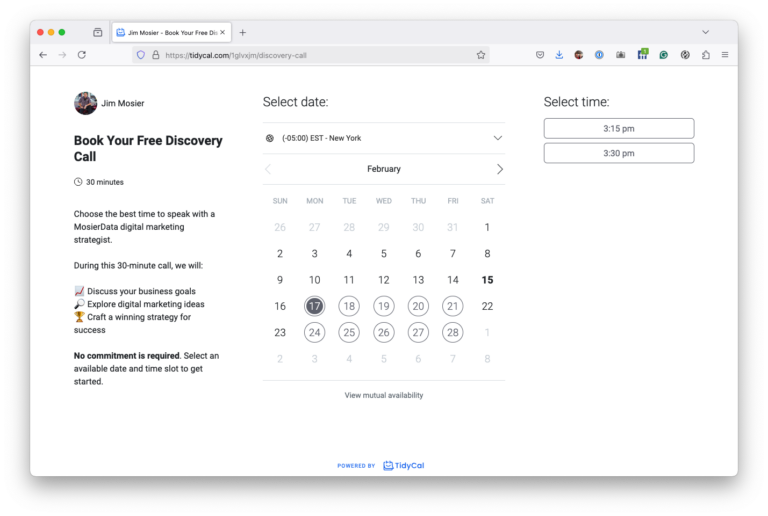Here’s a fun fact; There are over 1 billion live websites and by the time you finish reading this sentence four more will have launched, making it increasingly challenging to be remembered in the vast online universe. Your website should communicate information seamlessly to the end-user, otherwise it can confuse them. When this happens they will turn to your competitors who are doing it better. Below are 5 harsh realities that are making your website suck and basic tips you can do to update your site or to keep in mind when planning your next redesign; because no one wants an uninteresting and outdated site.
Your website is often the first interaction potential customers have with your business, so make a good first impression. Confusing navigation and an unorganized site will push visitors away just as quickly as they they can hit the “X” or “Back” buttons. However, a logically laid out site makes users feel like you care. You are in business to help your customers. Your website should enforce that sentiment and not create unnecessary headaches. Think of how your customers will use your website, can they find what they are looking for, are your pages easy-to-navigate, do they have clear “next steps” or a strong call-to-action? A clean layout, clear headlines and information displayed in a user-friendly way encourages repeat visitors to frequent the site, obtain information and be more likely to recommend your site to friends.
Imagine you want to purchase front entry gates for your home. You get online to find out some more information and possibly schedule an appointment for an estimate / get an online quote. You arrive at these 2 websites:
If I guessed correctly you probably decided the website on the left is a much more credible company and a business you would be more likely to buy from. Especially if your only interaction with the company was going to through their website. Too much information and endless blocks of text on a website is guaranteed to cost your business potential sales.. Don’t get me wrong, customers want information from you but remember not to overwhelm them. You may feel uploading copious amounts of text and images to a website will cover all your bases but in many cases too much information ends up confusing the user. Provide key points and quality photos that will intrigue customers, making it easy for them to comprehend. Write in short sentences and bullets points when possible. By presenting focused information in a logical way customers can address their questions sufficiently.
Choosing a website name is one of the most important parts of the branding process. Finding a catchy, available URL that aligns with your company’s image and is optimized for search rankings can be difficult but don’t cut corners. this is how your online customers will – or will not – find and share your site. In the past a company was only recognizable if it had a .com domain extension but the web is evolving and with the onset of a number of generic top level domains (gTLDs) – like .business, .brand and .website – companies have the option to choose from a large variety of extensions that are ideal for the company in the long term. A great URL creates a unique opportunity to align a company, individual or new product website to better reach its target audience. Want a few examples of website URLs that weren’t completely thought through like therapist.com, choosespain.com or whorepresents.com? Check out this article from HuffingtonPost.com
Albeit a visually-appealing layout and easy-to-use tabs make your website appealing and simple to navigate but the work doesn’t stop there. There needs to be a call-to-action (CTA) that encourages customers to go beyond “just looking” and entices them to become a customer. If your providing a service you can ask your website visitors to call, fill out an instant quote or contact a representative to learn more. Smaller CTAs such as encouraging customers to follow the business on social media or sign up for email newsletters keeps both potential and existing customers up to date on the latest news. Making the site interactive, determining the desired end result and properly placing effective call to actions are crucial for your company’s business model.
Mobile growth has exploded exponentially. More customers are visiting websites directly through their smartphones and tablets than ever before. It’s crucial that your website is mobile ready so customers viewing the site on smaller screens can easily read and navigate the site. Remember, customers have a short attention span and your mobile visitors are likely even more pressed for time. Place important information where it is easily readable and quick to load regardless of which device they will be viewing the website on.
Websites are vital to a company’s growth and success. An abundance of time is dedicated in building and maintaining a quality site so it is important that you also dedicate resources to ensuring it is constantly up to date and working correctly. If you use these tips when creating a website or planning a redesign of your current site, you will be pleased with the increase in traffic, conversions and decreased bounce rate.
Wondering where your website stands? We’re here to help.

